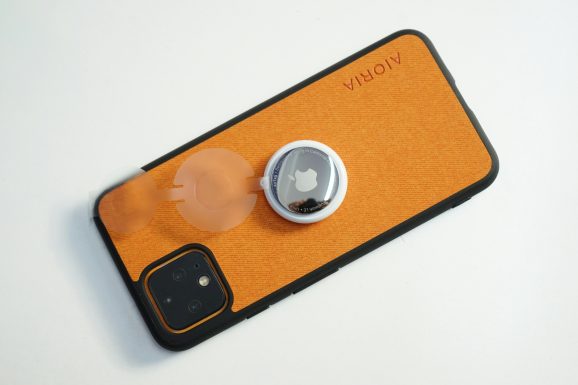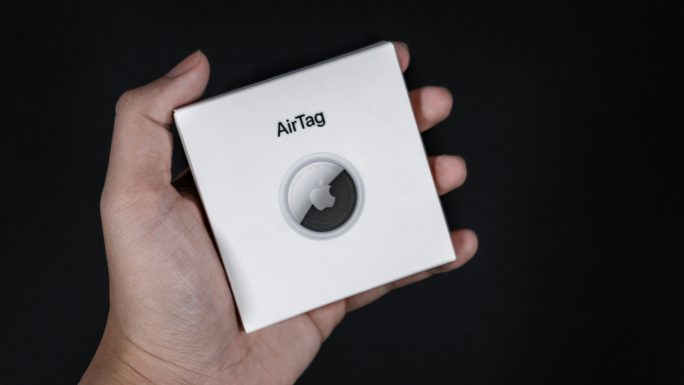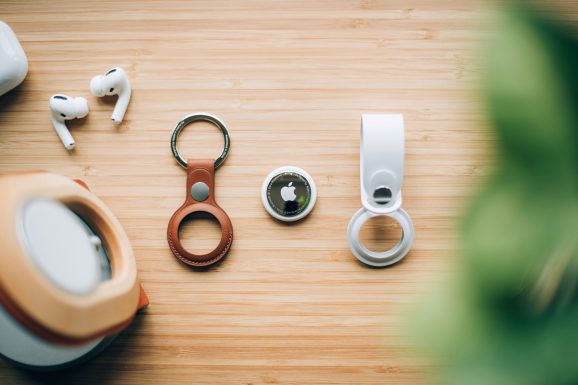In an age where misplacing our belongings seems all too common, Apple’s AirTag has emerged as a beacon of hope for the forgetful among us. This sleek little gadget promises to help you keep track of everything from your keys to your luggage, but what happens when it lets you down? If you’ve found yourself standing in frustration, staring at an unresponsive AirTag or wondering why it’s not pinpointing your lost items with precision, you’re not alone.
Fear not! In this article, we’ll unravel the mysteries behind the most common issues plaguing AirTag users and provide you with quick solutions that will have you tracking your treasures again in no time. Whether it’s connectivity hiccups or battery woes, we’ve got tips and tricks tailored to get you back on track faster than you can say “Find My.” Get ready to reclaim control over your missing items and make sure that pesky lost-and-found box is a thing of the past!
Common Problems with AirTags
All Heading
While Apple’s AirTags offer a sleek and convenient tracking solution, users often encounter common problems that can hinder their effectiveness. One frequent issue is the battery life; although AirTags utilize a standard CR2032 coin cell battery that typically lasts around a year, low battery warnings may not always appear in a timely manner. Users can find themselves in frustrating situations when their device tracks sporadically or fails to connect entirely, usually due to an unnoticed drop in battery power.
Another challenge arises from connectivity hiccups with Bluetooth. Environmental factors like walls or interference from other electronic devices can disrupt the connection between your AirTag and your iPhone. Furthermore, forgetting to toggle on the Precision Finding feature could lead you on futile searches for your misplaced items. If you’re frequently encountering such issues, ensuring that both the Find My app and your iPhone’s software are updated is crucial—outdated software might cause compatibility problems and limit functionality altogether. Understanding these pitfalls not only enhances your experience but empowers you to troubleshoot effectively without unnecessary frustration.

Check the Battery Status
One of the most overlooked aspects when troubleshooting AirTags is the battery status. Despite their compact size, these little devices rely on a CR2032 lithium coin cell battery that can deplete over time. To ensure smooth operation, regularly checking the battery level is essential; it’s a simple step that can save you from unnecessary frustration. If you find your AirTag not responding as expected, start here: replace the existing battery with a fresh one.
Interestingly, many users are unaware of how to quickly ascertain if an AirTag’s battery is low or dead. When inside the Find My app, tapping on your AirTag enables notifications for low battery warnings—allowing you to stay ahead of any power issues before they affect functionality. Not just an indicator of potential problems, this feature underscores Apple’s thoughtful integration of technology to enhance your experience and keep track of what’s important in real-time. So next time your AirTag seems unresponsive, don’t hesitate to check its powering source first; it might just turn out to be a quick fix that revives its tracking prowess!
Ensure Bluetooth is Enabled
One of the most common oversights when troubleshooting your AirTag is ensuring that Bluetooth is enabled on your device. Without this critical feature active, your AirTag cannot communicate with your iPhone or other Apple devices, thereby rendering it useless for tracking and locating items. To check if Bluetooth is enabled, swipe down from the top-right corner of your screen (or up from the bottom on older models) to bring up the Control Center. A simple glance at the Bluetooth icon will confirm its status—it should be highlighted in blue.
If you frequently toggle between various settings or use multiple devices, it’s easy to forget that Bluetooth might not always be activated by default. Additionally, some users establish connection profiles inadvertently while using third-party apps or accessories that may disrupt Bluetooth functionality. Before diving deeper into more complex troubleshooting steps like resetting network settings or checking for software updates, take a moment to double-check this simple yet essential setting. The resolution may just be a tap away!

Reset Your AirTag Device
Sometimes, an AirTag may act up and not respond as expected, leaving you frustrated. In such cases, performing a reset can breathe new life into your device and restore its functionality. To reset your AirTag, first ensure that it has sufficient battery power. Simply remove the back cover by pressing down on the stainless steel part and rotating it counterclockwise; then replace the battery with a fresh one before proceeding.
Next comes the crucial step of initiating the reset itself: press down on the new battery until you hear a sound indicating it’s engaged—this may take several seconds. Upon hearing that sound, lift your finger off the battery to allow it to settle into place again; repeat this process five times until you hear a final confirmation tone that signals successful resetting. After this straightforward procedure, reattach the cover securely by aligning it properly and twisting clockwise. Your AirTag will now be newly configured, allowing for seamless tracking experiences ahead!
Update iOS to Latest Version
Updating your iOS to the latest version is a crucial step in troubleshooting issues with your AirTag. Each update from Apple not only brings new features but also essential bug fixes and performance enhancements that can resolve connectivity problems with devices. By ensuring you have the most recent software, you’re effectively minimizing compatibility issues that could hinder your AirTag’s functionality.
Moreover, newer iOS versions often include improved Bluetooth stability, which is vital for tracking devices like AirTag. If you’re experiencing dropped connections or delayed responses, updating might be the simple solution you need. Remember to back up your data before proceeding with the update; this way, you safeguard all important information while enjoying a smoother experience with your tracking device. Don’t let an outdated system keep you from maximizing the potential of your gadgets!

Verify Apple ID and Settings
To troubleshoot your AirTag effectively, one of the first steps is to verify your Apple ID and settings. Your AirTag relies heavily on the connectivity and compatibility of your devices with iCloud services, making this a crucial part of the diagnosing process. Ensure that you’re logged into your Apple ID on all connected devices, as having different accounts can hinder functionality and tracking capabilities.
Check that Bluetooth is enabled and that you are within range of your AirTag; sometimes, simply toggling Bluetooth off and back on can refresh connections. Furthermore, dive deep into the Find My app to ensure it recognizes your AirTag; sometimes, fluctuating signals may temporarily sever links. A quick trip into Settings > Your Name > Subscriptions or Family Sharing can shed light on whether any shared features need adjusting. Keeping everything in sync not only enhances performance but also ensures a smooth experience when retrieving items!
Conclusion: Quick Fixes for AirTag Problems
In the grand scheme of technology, even the most reliable devices like AirTags can occasionally hit snags. If you’re struggling with connectivity issues or an unresponsive tracker, there are several quick fixes to consider that can save you time and frustration. Start by resetting your AirTag as a first line of defense—simply remove and replace the battery, making sure to tap it until you hear a sound indicating it’s on again. This simple reset often shakes off any temporary glitches, restoring functionality.
Another effective solution lies in ensuring that your iPhone’s Bluetooth is turned on and positioned within range. Sometimes, lingering disconnections can stem from minor settings not being adjusted since the last update; toggling Bluetooth off and then back on may do the trick. Additionally, if you’re experiencing persistent location inaccuracies, check that your Find My app is updated to its latest version—outdated software can lead to impaired performance. Embracing these straightforward tactics not only enhances your user experience but also equips you with quick remedies for any future hiccups along the way.













Recent Comments